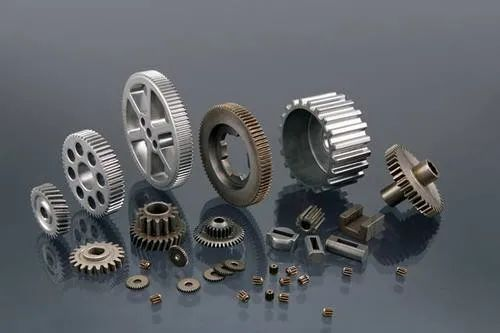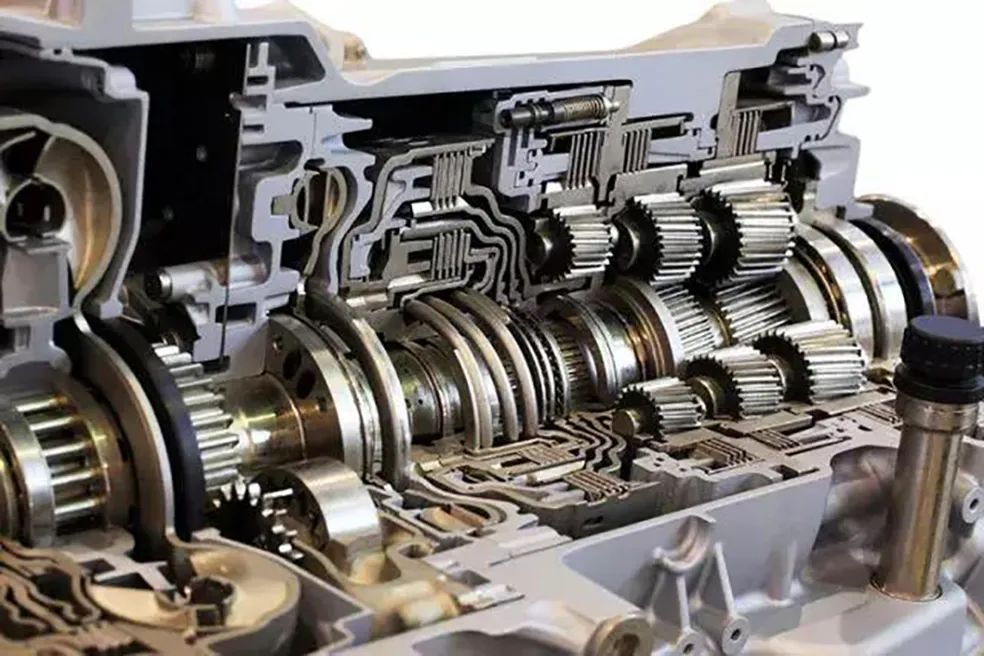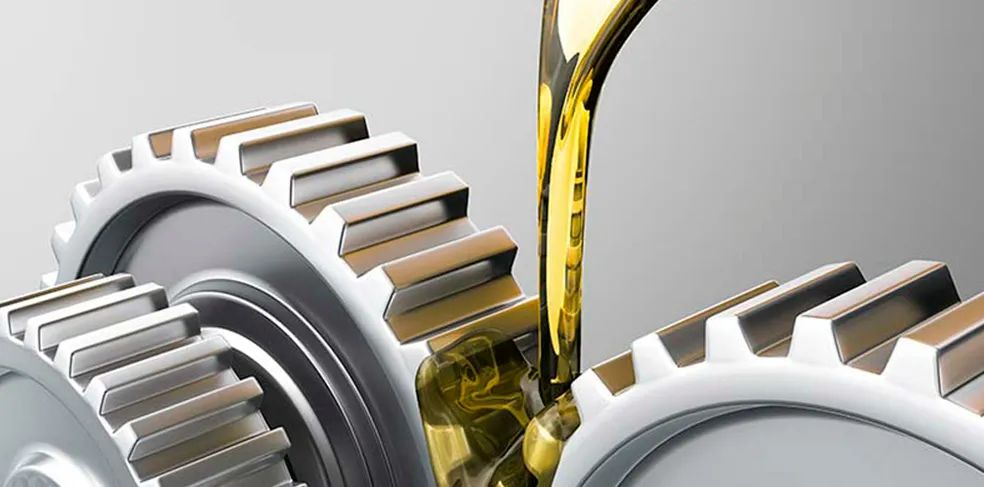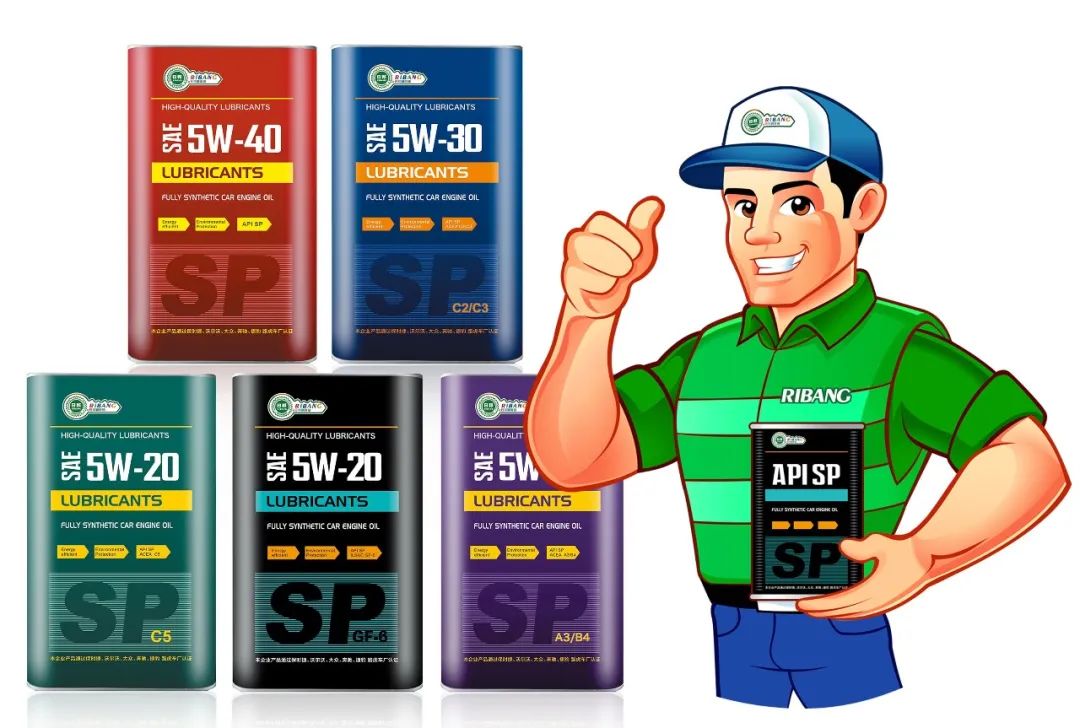- English
- 简体中文
- Esperanto
- Afrikaans
- Català
- שפה עברית
- Cymraeg
- Galego
- 繁体中文
- Latviešu
- icelandic
- ייִדיש
- беларускі
- Hrvatski
- Kreyòl ayisyen
- Shqiptar
- Malti
- lugha ya Kiswahili
- አማርኛ
- Bosanski
- Frysk
- ភាសាខ្មែរ
- ქართული
- ગુજરાતી
- Hausa
- Кыргыз тили
- ಕನ್ನಡ
- Corsa
- Kurdî
- മലയാളം
- Maori
- Монгол хэл
- Hmong
- IsiXhosa
- Zulu
- Punjabi
- پښتو
- Chichewa
- Samoa
- Sesotho
- සිංහල
- Gàidhlig
- Cebuano
- Somali
- Тоҷикӣ
- O'zbek
- Hawaiian
- سنڌي
- Shinra
- Հայերեն
- Igbo
- Sundanese
- Lëtzebuergesch
- Malagasy
- Yoruba
- Español
- Português
- русский
- Français
- 日本語
- Deutsch
- tiếng Việt
- Italiano
- Nederlands
- ภาษาไทย
- Polski
- 한국어
- Svenska
- magyar
- Malay
- বাংলা ভাষার
- Dansk
- Suomi
- हिन्दी
- Pilipino
- Türkçe
- Gaeilge
- العربية
- Indonesia
- Norsk
- تمل
- český
- ελληνικά
- український
- Javanese
- فارسی
- தமிழ்
- తెలుగు
- नेपाली
- Burmese
- български
- ລາວ
- Latine
- Қазақша
- Euskal
- Azərbaycan
- Slovenský jazyk
- Македонски
- Lietuvos
- Eesti Keel
- Română
- Slovenski
- मराठी
- Srpski језик
Do you really understand gear oils?
2024-11-08
https://www.sdrboil.com/high-performance-vehicle-gear-oil-gl-5-2.html
Do you really understand gear oils?

Gear oils generally have good anti-wear and load resistance properties and suitable viscosity. It is mainly based on petroleum lubricant base oil or synthetic lubricant. Add extreme pressure antiwear agents and oily agent modulation and become an important lubricant. Used in all kinds of gear transmission device, in order to prevent tooth wear, abrasion, sintering, etc., to extend its service life, improve the efficiency of power transmission.
Gear oil is generally required to have the following six basic properties

1, the appropriate viscosity and good viscosity temperature, viscosity is the most basic performance of gear oil. Viscosity is the most basic performance of the gear oil. Large viscosity, the formation of the lubricant film is thicker, the load resistance is relatively large.
2, sufficient extreme pressure antiwear. Extreme pressure antiwear is the most important property of gear oils, the most important feature. Is to prevent the movement of the tooth surface abrasion, scuffing, gluing performance.

3, good anti-emulsification. Gear oil emulsification and deterioration in contact with water will seriously affect the formation of lubricant film and cause scuffing, wear.
4, good oxidation stability and thermal stability. Good thermal and oxidative stability to ensure the service life of the oil.
5, good anti-foam. Generated foam can not quickly disappear will affect the gear meshing at the formation of oil film, entrained foam so that the actual amount of oil to reduce the work, affecting the heat dissipation.
6, good rust and corrosion resistance.
In addition to gear oil should have some other properties, such as adhesion, shear stability.

Various mechanical transmission mechanism in the gear, according to its axis of mutual positional relationship, can be divided into parallel shaft transmission, intersecting shaft transmission and staggered shaft transmission. Each type of transmission according to the shape of the gears and teeth of different transmission methods, such as parallel shaft transmission of straight tooth cylindrical gears, helical cylindrical gears, herringbone tooth cylindrical gears; intersecting shaft transmission of straight tooth bevel gears, helical bevel gears, spiral bevel gears; staggered shaft transmission of hyperbolic gears, worm gears, spiral drive.

Gear transmission characteristics and gear oil working conditions
l) gear transmission efficiency, general cylindrical gear transmission efficiency of up to 98%, compared with bearings, gear equivalent curve radius is small, poor oil wedge conditions.
2) gear transmission teeth and teeth is a line contact, therefore, the contact area is small, unit contact pressure is high. General automobile gear unit contact pressure up to 2000-3000MPa, and hyperbolic gear higher, up to 3000-4000MPa.

3) Gear transmission is not only wire contact, there is sliding contact, especially hyperbolic gears, gear teeth have a high relative sliding speed, generally up to 8m/o or so. This in the high-speed load conditions, will make the oil film thin or even localized rupture, resulting in increased friction and wear, and even cause abrasion and occlusion.
4) gear oil operating temperature is generally lower than the internal combustion engine oil, to a large extent with the ambient temperature changes, vehicle gear oil oil temperature is generally not higher than 100'C. Modern cars use hyperbolic gears, because of its axial offset amount is larger, in the high speed will make the gear wheel surface of the relative sliding speed is very high, so that the oil temperature reaches 160'C a 180'C.







